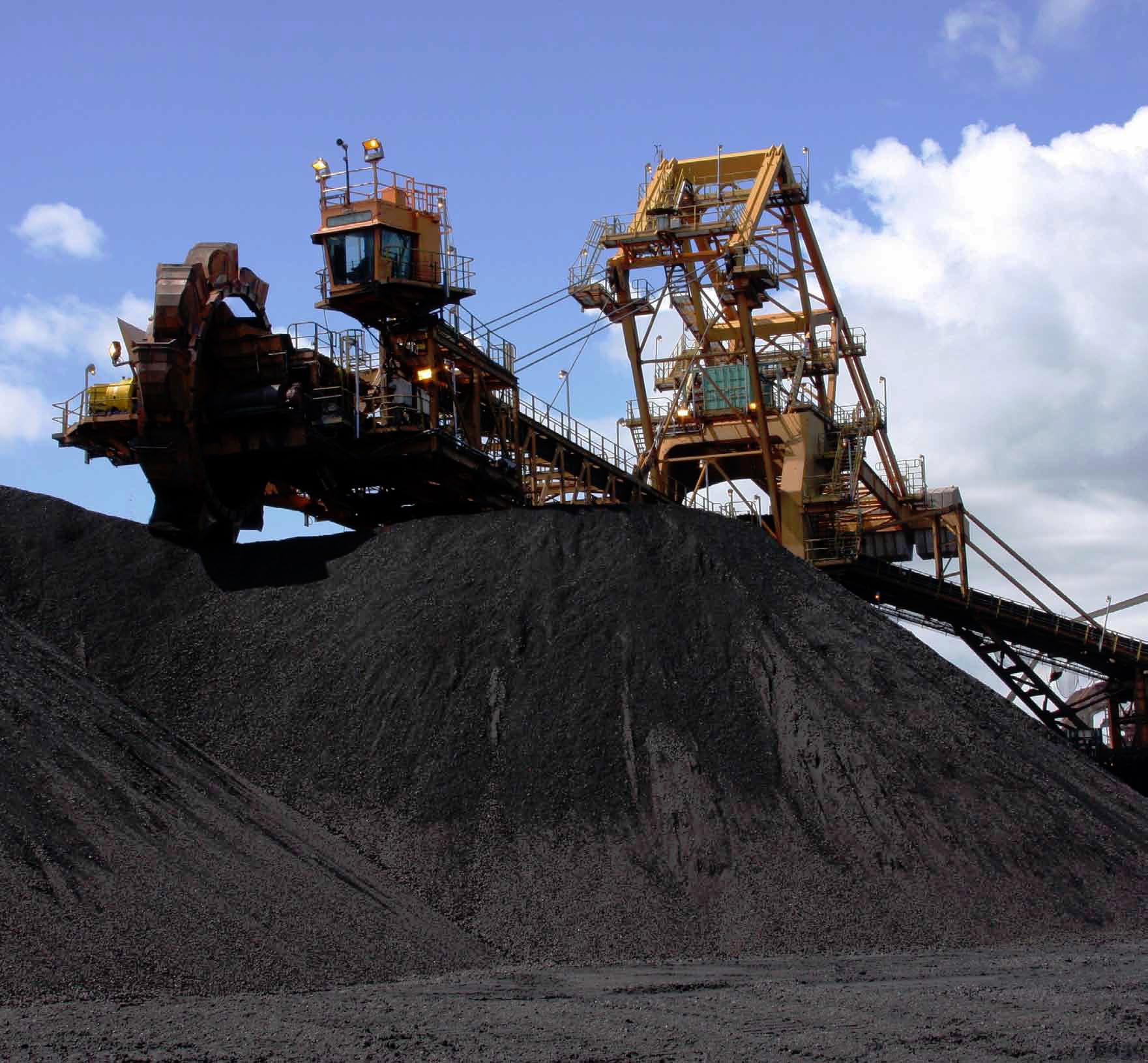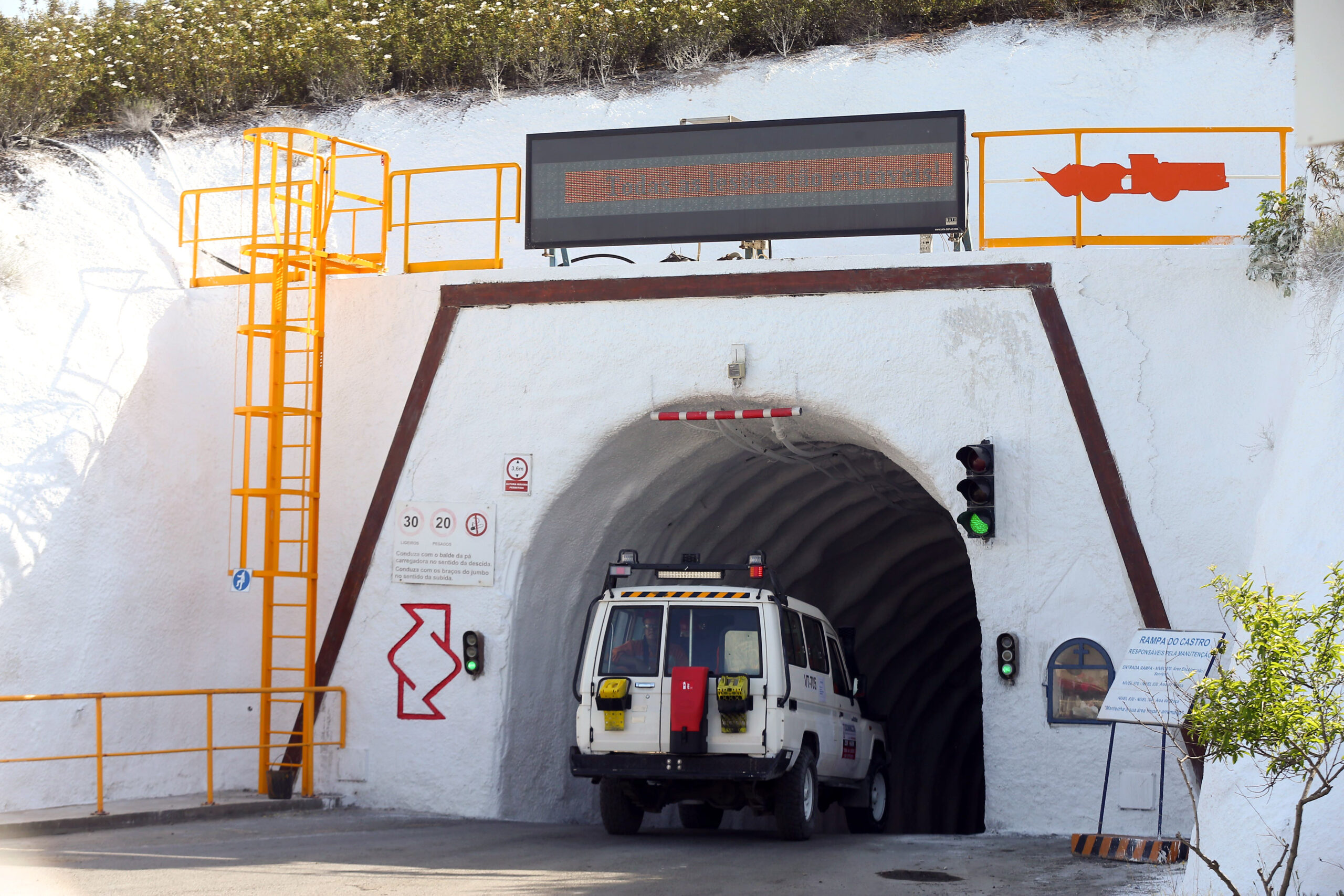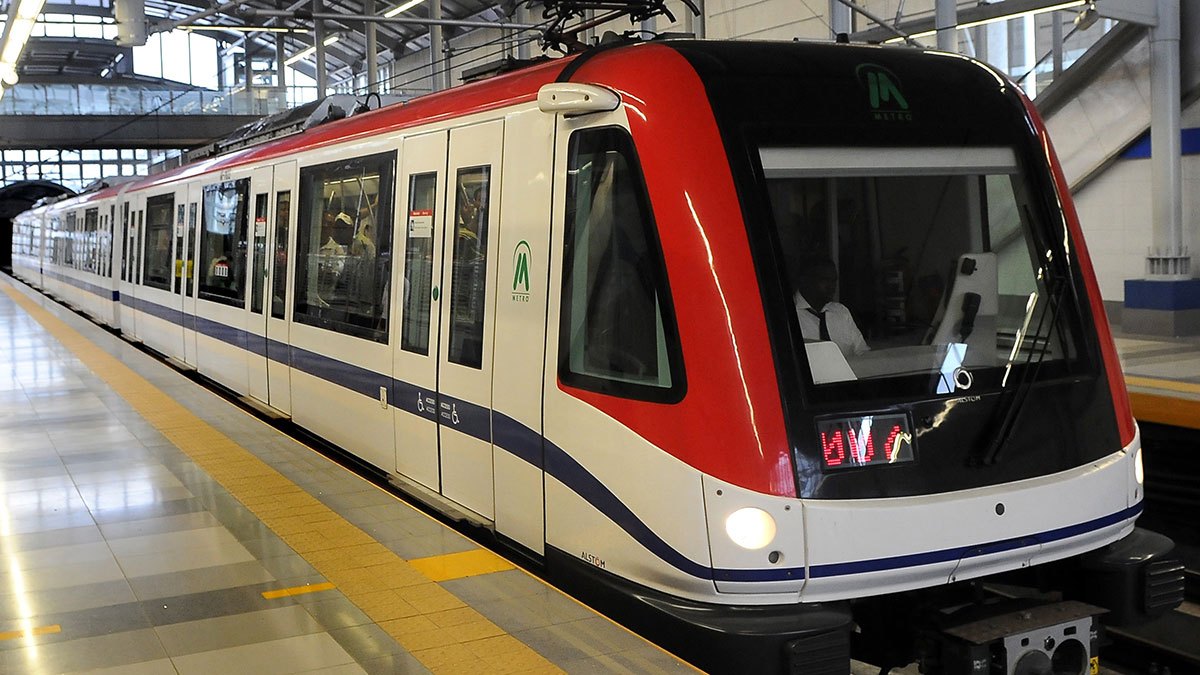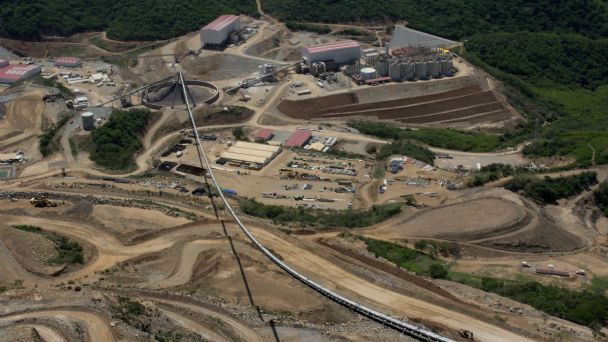
Westshore, with a capacity of 29 million tonnes per annum, is far and away the largest coal terminal in Canada handling more than the combined capacity of other ports on the North American west coast.
If Denis Horgan, VP and general manager of Westshore Terminals, has a few problems, they are mainly high class problems. Westshore stands in a privileged position in the North American coal value chain, which is characterised these days by a slackening in domestic demand balanced by a healthy export market. Coal falls into two main categories – thermal coal burnt to produce energy and the higher spec coking or metallurgical coal needed to produce steel. Both are badly wanted by countries like China, which shifted from being a net exporter to a net importer of coal in 1995, or Korea and Japan, two steel producing countries that have little in the way of domestic resources themselves.
Canada, particularly the provinces of British Columbia and Alberta, has enormous coal resources – between them the Peace River and Kootenay coalfields alone are estimated to hold more than two billion tonnes. Westshore’s largest customer Teck has six operating coalmines in the region, and expects these to be producing for 25 years as a minimum. At present rates of use Canada has 200 years of coal reserves. Then there’s the United States. Forced to export more of the coal from its western coalfields in Wyoming and Montana it has no really viable coal ports on its western coastline from which to ship coal to Asia. Westshore, though, is just over the border and easily accessible by rail.
Westshore Terminals is 42 years old this year. It is one of a handful of profitable standalone coal terminals in the world – most are owned by shipping groups or governments. The facility covers 133 acres on a man-made island at Roberts Bank out in the delta just over 20 miles from Vancouver and is linked to the mainland by a road and rail causeway. Six trains a day dump their cargo which is transported by high-speed conveyor to stockpile using one of the four giant stacker-reclaimers Westshore has on site, although these days around 30 percent of the incoming coal is directed straight onto ships waiting at one of the terminal’s two deep water berths.
So what is the problem? “We are turning away business,” says Horgan. A $49 million equipment upgrade in 2007 pushed capacity up from 23.5 to 29 million tonnes per annum and a $53 million project involving the replacement of the single rotary railcar dumper with a new tandem dumper together with other improvements such as equipment automation and new redesigned transfer chutes, will increase the capacity to 33 million tonnes per annum by the end of the year. “We shipped more than 8 million tonnes of American coal last year, mostly from Montana. We could easily ship a further 20 million tonnes if we had the capacity.”
It is always heartbreaking for a business to have to turn away so much potential income, but Westshore is approaching maximum efficiency as an operation, which is cause for congratulation. “Rail car dumping was our bottleneck, but following the installation of a new dumper and ancillary equipment, we are now more or less right-sized.”
Some equipment could do with updating and upsizing – one of the older stacker-reclaimers is 40 years old, but all four yard machines have been automated and can now be controlled centrally. The automation system followed has been used at Western Europe’s largest bulk terminal, the Rotterdam EMO (Europees Massagoed-Overslagbedrij) for the last eight years, he adds. Operations are driven by a rigorous continuous improvement (CI) philosophy that was an integral part of the debottlenecking operation. Drives, belting and gearboxes were upgraded, and in April this year four of the seven major transfer towers on the site were replaced.
With ships booked in daily and the size of these ships having increased over the last five years to a point where 170,000 tonnes is commonplace, the pressure is on to process stocks as efficiently as possible. “Despite the pressure we have managed to operate without any significant delays over recent years,” claims Horgan. This is in contrast to Australian ports, for example, where ship queues are the bane of the bulk shipping companies.
Historically Westshore has been primarily a shipper of coking coal, with thermal coal representing only about 10 percent of throughput. However over the past couple of years shipments of thermal coal have increased dramatically with the advent of US coal from the Powder River Basin, to the extent that in 2011 thermal coal represented 40 percent of shipments through the terminal. Demand for coking or met coal is still strong and increasing, and in 2011 Westshore signed several long term agreements with its customers. In September 2012 the agreement with the biggest customer of all, Teck, was extended from 2016 to 2021. Under the new agreement Teck will ship between 16 and 19 million tonnes of coal a year through Westshore, at a fixed rate per tonne and not at variable rates based on the sale price of the coal as in was the case prior to April 2011.
Coal from each of Westshore’s customers has different characteristics and cross contamination is totally unacceptable – as Horgan explains. “Any mistake could be a million dollar mistake so we don’t make any! There are a lot of checks and balances in place.” Managing the storage and onward shipment reliably is a vital part of Westshore’s customer relationship and is only one part of its good stewardship portfolio. Though it’s on an offshore island the terminal is only three miles from residential communities on the shore and there’s a vigilant environmental lobby ready to draw attention to any pollution Westshore might cause. “We spend a lot of time on dust control. Historically we have relied on rain guns and if it is going to be windy we wet the site down thoroughly.” Rain guns are rather like agricultural irrigation sprayers, mounted on the ground. They are augmented by five 125 foot spray towers within the stockpile area and 38 mast sprayers around the perimeter.
Bulk ports the world over are moving toward greater equipment automation, where remotely-operated machines, such as stacker-reclaimers, are becoming the norm. Westshore, says Horgan, will continue to embrace these advances so that it can remain competitive as Canada’s premier coal export terminal and the busiest single coal export facility in all of North America.
The company is a member of CETOA, the Coal Exporting Terminals Operators Association, an international body that shares best practices and innovations. At its latest meeting in Norfolk, Virginia in late September Denis Horgan was not short of best practices to share with other operators from America, Australia, South Africa, Indonesia and Colombia.
Written by John O’Hanlon, research by Dan Finn



 WestshoreTerminals-AM-Nov12-bro-s.pdf
WestshoreTerminals-AM-Nov12-bro-s.pdf









